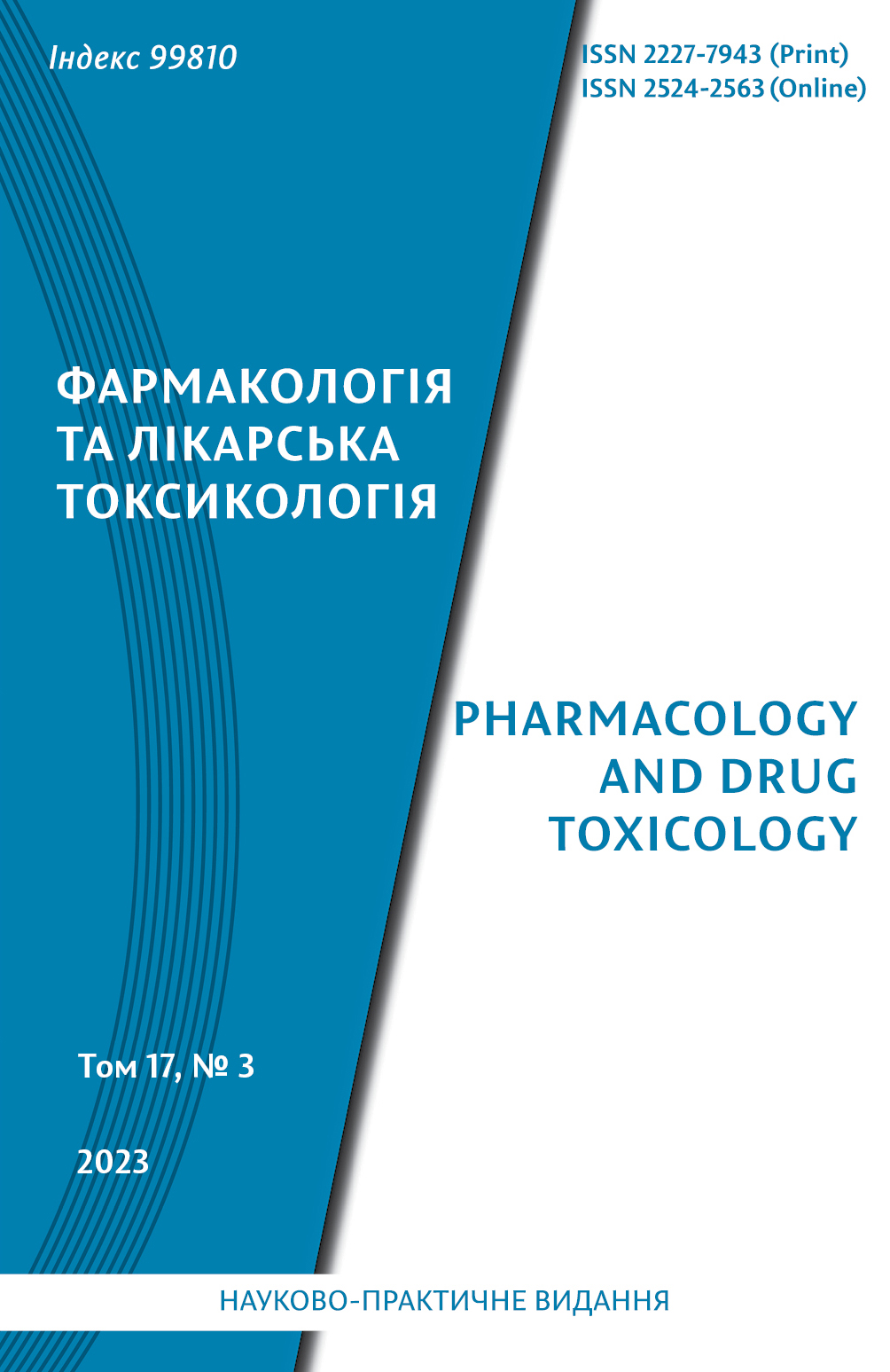Abstract
Disease or loss of hair can significantly affect well-being and quality of life. Many types of alopecia are known, but in every case pathogenetic therapy is aimed at anagen stimulating, catagen delaying, restoring or maintaining of proper hair density. Topical minoxidil is one of the most recognized agents for the treat- ment of alopecia, but its effect on the level of oxidative stress during treatment is poorly described.
The aim of the study is to evaluate the effect of local application of minoxidil on oxidative stress para- meters during the hair regeneration in animals with chemical depilation.
Experiments were performed on 35 albino male rats. The pathology was modeled by chemical depila- tion of the rats back skin with an area of 8 cm × 4 cm by potassium thioglycolate. Treatment began imme- diately after depilation with applying of 2% minoxidil solution on the skin once a day at a dose of 30 mg/kg. The animals were removed from the experiment by terminal blood loss 3 days, 9 days and 21 days after depilation. The hair re-growth was evaluated in points. In the blood and in the skin homogenate, malondi- aldehyde and 4-hydroxyalkenals (MDA) as lipid peroxidation (LPO) products, superoxide dismutase (SOD) and catalase activity were determined. The resulting digital material was statistically processed by one-way analysis of variance ANOVA with a posteriori Tukey test or the Mann Whitney U test.
After 3 days of treatment with minoxidil, the condition of the hair on the test area was the same as with the control pathology. After 9 days, the drug contributed to the tendency to the appearance of a woolly coat with an assessment of 3 points. After 21 days, in the group with experimental therapy, hair develop- ment of 4 points (complete normalization) prevailed in the animals, but the difference with the control pathology was not probable. Without treatment, the recovery after chemical depilation was accompanied by the accumulation of MDA, a decrease in the activity of SOD and fluctuations in the activity of catalase in the skin of the affected area and in the blood. Under the influence of minoxidil, a decrease in the content of MDA in the skin, an increase in the activity of SOD during all periods of observation and changes in the activity of catalase, which additionally increased after 3 days, normalized after 9 days, and was at the level of control pathology after 21 days, were noted in the skin. Along with this, the drug reduced the accumula- tion of LPO products and significantly increased the activity of SOD in the blood compared to the control pathology, which in its direction was similar to the processes in the skin. Under the influence of minoxidil, the blood catalase activity increased during all periods of the observation.
Therefore, minoxidil with a daily local treatment of hear loss demonstrated an antioxidant effect in the skin of the affected area and in the blood. The identified feature of the drug's pharmacodynamics can be useful in its clinical use against the background of oxidative stress caused by aging, chemio- or radiotherapy.
